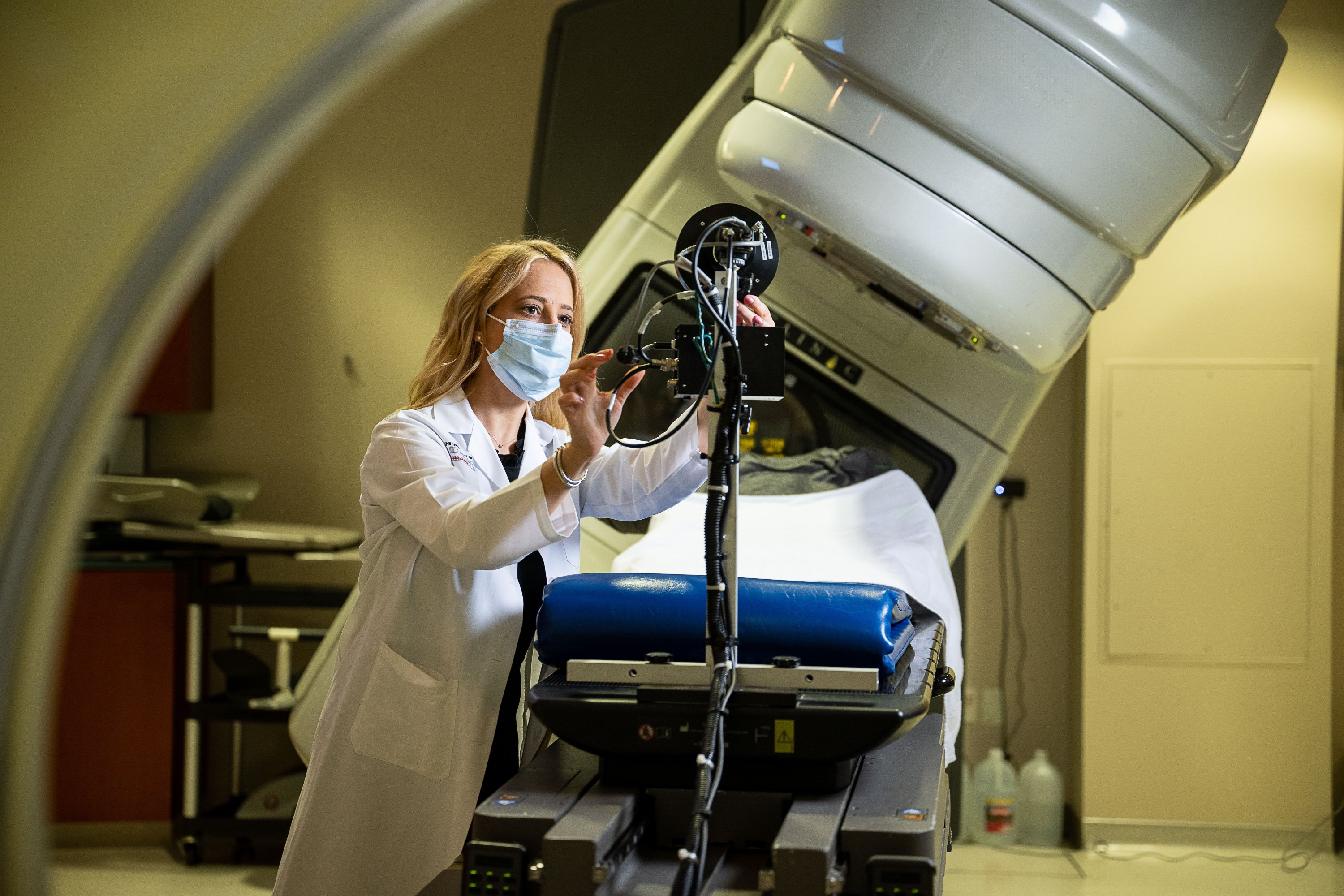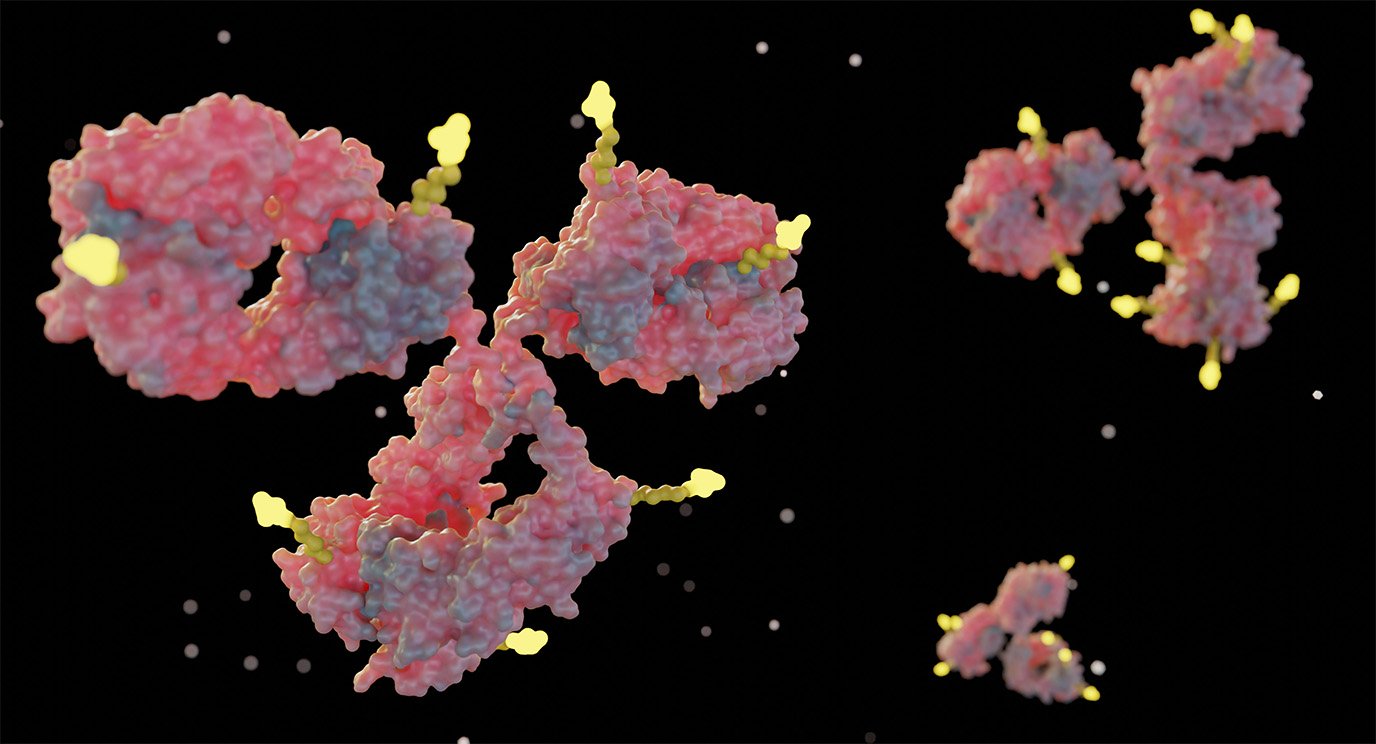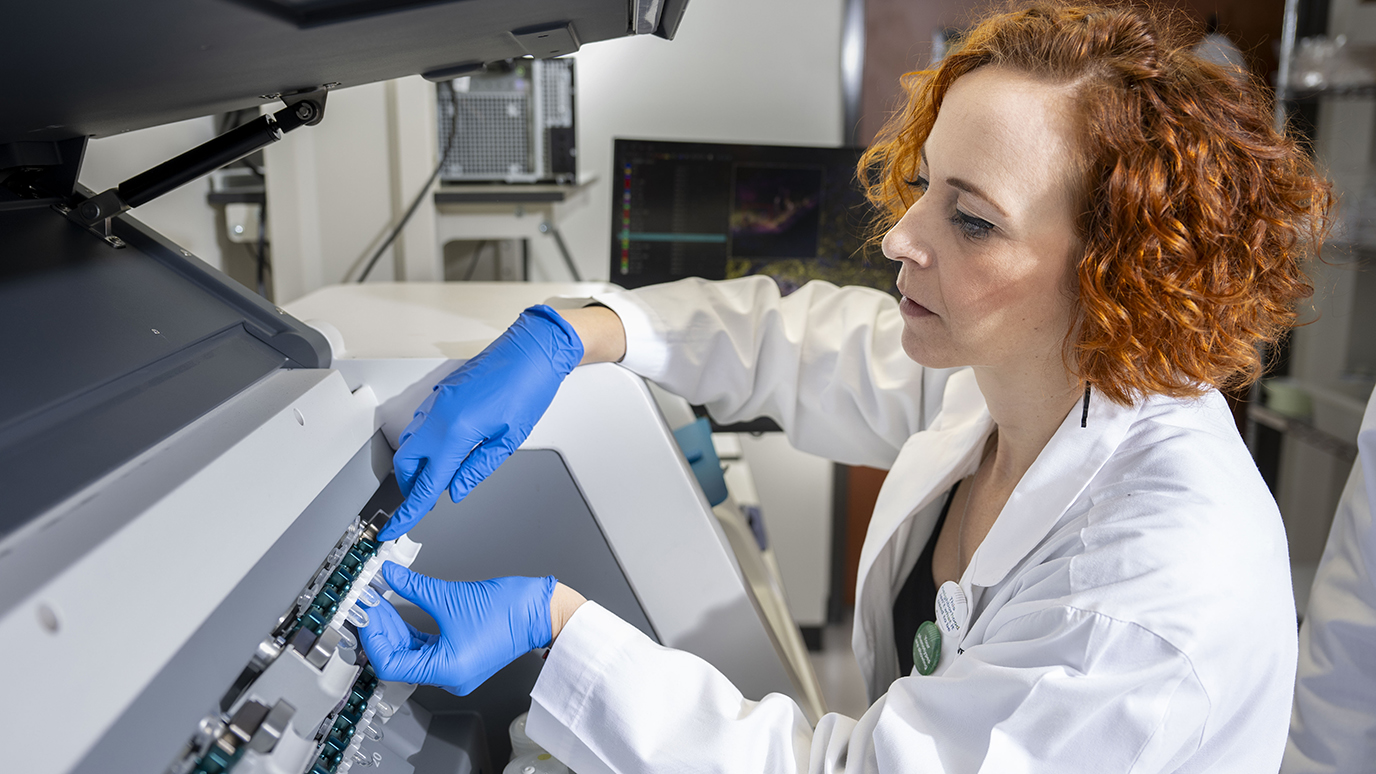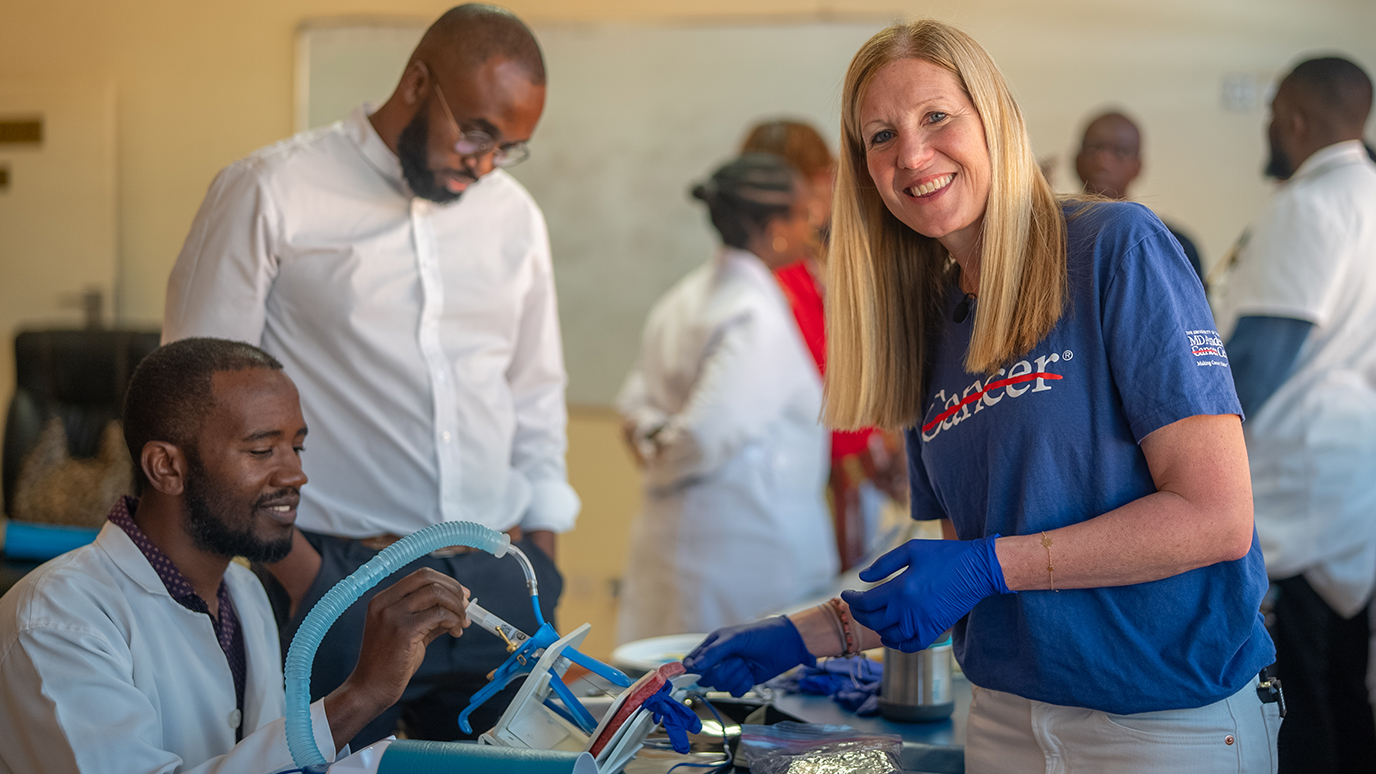- Diseases
- Acoustic Neuroma (14)
- Adrenal Gland Tumor (24)
- Anal Cancer (66)
- Anemia (2)
- Appendix Cancer (16)
- Bile Duct Cancer (26)
- Bladder Cancer (68)
- Brain Metastases (28)
- Brain Tumor (230)
- Breast Cancer (718)
- Breast Implant-Associated Anaplastic Large Cell Lymphoma (2)
- Cancer of Unknown Primary (4)
- Carcinoid Tumor (8)
- Cervical Cancer (154)
- Colon Cancer (164)
- Colorectal Cancer (110)
- Endocrine Tumor (4)
- Esophageal Cancer (42)
- Eye Cancer (36)
- Fallopian Tube Cancer (6)
- Germ Cell Tumor (4)
- Gestational Trophoblastic Disease (2)
- Head and Neck Cancer (6)
- Kidney Cancer (124)
- Leukemia (344)
- Liver Cancer (50)
- Lung Cancer (288)
- Lymphoma (284)
- Mesothelioma (14)
- Metastasis (30)
- Multiple Myeloma (98)
- Myelodysplastic Syndrome (60)
- Myeloproliferative Neoplasm (4)
- Neuroendocrine Tumors (16)
- Oral Cancer (100)
- Ovarian Cancer (170)
- Pancreatic Cancer (164)
- Parathyroid Disease (2)
- Penile Cancer (14)
- Pituitary Tumor (6)
- Prostate Cancer (144)
- Rectal Cancer (58)
- Renal Medullary Carcinoma (6)
- Salivary Gland Cancer (14)
- Sarcoma (236)
- Skin Cancer (296)
- Skull Base Tumors (56)
- Spinal Tumor (12)
- Stomach Cancer (60)
- Testicular Cancer (28)
- Throat Cancer (90)
- Thymoma (6)
- Thyroid Cancer (98)
- Tonsil Cancer (30)
- Uterine Cancer (78)
- Vaginal Cancer (14)
- Vulvar Cancer (18)
- Cancer Topic
- Adolescent and Young Adult Cancer Issues (20)
- Advance Care Planning (10)
- Biostatistics (2)
- Blood Donation (18)
- Bone Health (8)
- COVID-19 (362)
- Cancer Recurrence (120)
- Childhood Cancer Issues (120)
- Clinical Trials (628)
- Complementary Integrative Medicine (24)
- Cytogenetics (2)
- DNA Methylation (4)
- Diagnosis (230)
- Epigenetics (6)
- Fertility (64)
- Follow-up Guidelines (2)
- Health Disparities (14)
- Hereditary Cancer Syndromes (124)
- Immunology (18)
- Li-Fraumeni Syndrome (8)
- Mental Health (118)
- Molecular Diagnostics (8)
- Pain Management (62)
- Palliative Care (8)
- Pathology (10)
- Physical Therapy (18)
- Pregnancy (18)
- Prevention (898)
- Research (392)
- Second Opinion (74)
- Sexuality (16)
- Side Effects (604)
- Sleep Disorders (10)
- Stem Cell Transplantation Cellular Therapy (216)
- Support (404)
- Survivorship (322)
- Symptoms (184)
- Treatment (1776)
Radiation Planning Assistant: Delivering on the promise of AI
BY Aubrey Bloom
4 minute read | Published September 25, 2024
Medically Reviewed | Last reviewed by Laurence Court, Ph.D., on September 25, 2024
Adoption of radiation therapy technology has increased around the world to the point that access to the technology itself is often no longer the main barrier for many patients to receive care. Instead, it's the lack of qualified specialists available to do the treatment planning.
Planning is a multi-step process where clinicians analyze medical images to design a personalized radiation treatment plan that includes where the radiation is targeted, specific areas to avoid targeting and how much radiation will be delivered. The more complicated the case, the longer this process can take.
For many cases, however, the process is relatively routine. This makes radiation planning an ideal process for artificial intelligence (AI) to assist.
That’s the goal of the Radiation Planning Assistant, a web-based AI tool developed by Laurence Court, Ph.D., that launched earlier this year and aims to streamline radiation planning for clinics around the world.
AI saves time in treatment planning
The International Atomic Energy Agency recommends one oncologist for every 250 to 300 patients. To reach that number, the world would need tens of thousands of new graduates in a field that is so highly specialized most programs only produce a handful each year.
“Many areas have one or two consultants for several thousand patients,” Court says. “Doing things the traditional way is just not feasible.”
But unlike many fields where the lofty promises of AI have far outpaced its actual current capabilities, processing medical images is an area that AI has already proven valuable.
“This is something that AI is very good at,” Court says. “The algorithms we have developed can quickly take CT scans and develop very accurate treatment plans so that all the clinic has to do is review the plans and sometimes make minor changes instead of developing entirely new plans for each patient.”
To use the platform, clinicians upload a CT scan and complete a service request form, the deidentified data is then uploaded to the Radiation Planning Assistant servers. For complex cases, the system first does the contouring plan, which is then reviewed and finalized by the clinician before the system delivers the final treatment plan. For simpler cases, the plan is automatically created without this step. Once the plan is sent back to the clinician, they recalculate the dosages and make any necessary edits before the plan is utilized in the clinic.
After receiving clearance from the Food and Drug Administration (FDA) in 2023, the team launched the Radiation Planning Assistant earlier this summer. It has already been used to develop plans for patients being treated in clinics in South Africa, and other clinics are in the process of being added.
AI as an assistant, not a replacement
Court stresses that the Radiation Planning Assistant, as the name indicates, assists in the process. It can’t replace the experience and expertise the clinicians have.
Alicia Sherriff, M.D., head of oncology at the University of the Free State in Bloemfontein, South Africa, has been involved with the development and launch of the Radiation Planning Assistant.
While her clinic is a leading oncology program in the region, her staff still faces issues of limited resources, namely time.
“The Radiation Assistant Platform allows us to focus on refining the plans and gives us the capacity to spend our time more appropriately in clinical service delivery, teaching, training and to be more involved in the complex cases in our departments and multi-disciplinary meetings,” Sherriff says. “It also allows our team to add to our research capacity.”
Improving radiation therapy access around the world
Similar platforms are already in use at MD Anderson and other cancer centers but can be prohibitively expensive and often require trained specialists. Court and his collaborators developed the Radiation Planning Assistant to be affordable and easy to use.
According to him, the platform can create more than 100,000 radiation therapy plans per year at a cost of around $10 per patient. MD Anderson intends to offer the service for free to clinics in other countries who would otherwise not be able to afford commercial solutions.
“This has been a multi-year process, so our team was beyond excited when the first person was treated with a plan developed by the Radiation Planning Assistant earlier this year,” Court says. “Now our focus is on expanding access to the platform in other parts of the world.”
The Radiation Planning Assistant will be the focus of multiple presentations at the 2024 American Society for Radiation Oncology (ASTRO) Annual Meeting, including an educational presentation by Court on strategies for adopting AI in resource-limited settings. He is also a senior author on two posters that will present data on treatment planning workflow and CT simulator downtime gathered since the initial launch in South Africa.
Court is an affiliate of MD Anderson's Institute for Data Science in Oncology (IDSO), which assisted in the development of the Radiation Planning Assistant by helping lay the groundwork for data access and information infrastructure, accelerating high-impact projects like this one while ensuring they meet MD Anderson's high-quality standards for patient care.
Request an appointment at MD Anderson online or call 1-877-632-6789.
Related Cancerwise Stories

Doing things the traditional way is just not feasible.
Laurence Court, Ph.D.
Researcher





